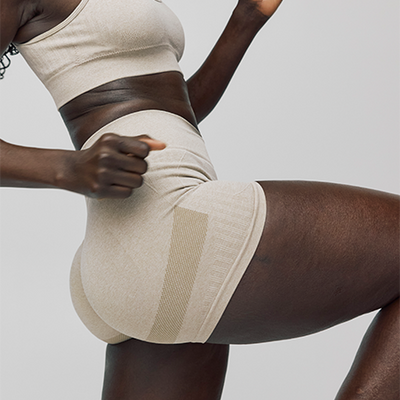

Monitoring your flow with period cups is an excellent tool to stay in the know about your menstrual health. According to Healthline, there are seven significant symptoms that a person who menstruates should not ignore as they are signs that something is abnormal.
These symptoms include:
- Skipped periods
- heavy bleeding
- abnormally short or long periods
- intense cramps
- bleeding between periods
- breast pain
- diarrhea, or vomiting

If you see these signs, consult your doctor. Above all, if you are unsure if something is abnormal, here are some tips on monitoring your flow with period cups.
1: Track your cycle
There are lots of tracking apps now available on Google Play and Apple. Of course, you can always default to a simple calendar as well. Start by monitoring what day you get your period, record it, and count how long it lasts. For instance, you want to track two things: how long your period lasts and how many days it takes to get to your next menstrual cycle. There is room for variation here, so do not panic if this is not you, but most cycles are within 28 days. However, if you are getting your period more often or are missing your period, that is a sign that something is up.
Track your cycle to understand if your periods are regular or irregular.
For tips on how to get started, check out this article.
2: Monitor your flow with period cups
First, let’s define heavy bleeding.
Heavy flow does not mean heavy bleeding. In other words, regular periods could experience a fluctuation in flow based on the time of your cycle, your hormones, and other stressors.
However, heavy bleeding could mean soaking through one or more disposable products such as tampons or pads in an hour. Considering that most disposable products can last between 4-8 hours, that is a significant increase in menstrual flow.
A period cup-like the DivaCup for instance can hold up to 12 hours of menstrual flow.
Let’s compare your options in milliliters:

If you are bleeding heavily, one tampon per hour would be 8 per day and up to 56 per week! Not only does switching to a DivaCup eliminate the need for frequent product changes, but as a reusable option, the DivaCup will save you money.
Another benefit of using a period cup over a disposable menstrual product is the ability to see your blood.
Cotton soaks up the blood, so you do not know how much you are bleeding.
A period cup can help you do the math. For example, if you find that you are filling up your cup quickly, you can measure the ML and the time range in which you are menstruating.
So, if you want to monitor your flow, we recommend documenting your findings and sharing the results with your doctor.
Learn more about DivaCup and how our sizing works.

3: Record your symptoms
When you track your cycle, consider recording your symptoms with it.
“Aren’t those two tips the same?” Nope.
Menstruating bodies are complex and unique from person to person. Get in tune with yourself! Therefore, you should listen to your body and take note of it.
In other words, taking note of your observations may help you notice some patterns. Similarly, this self-reporting research can help your healthcare professional so the two of you can figure out what is going on.
4: When in doubt, get a second opinion
No one knows your body better than you. So if something does not feel right and you’ve spoken to your doctor but can’t seem to find anything, try asking for a second opinion.
In addition, you can find resources available online. However, if you need a place to start- check out some of our past articles on menstrual health topics such as Endometriosis, Toxic Shock and Menstrual Cups, PMDD, Q&A’s with Amanda Laird from Heavy Flow, or any topics that catch your eye on our DivaBlog. These articles can get you familiar with the language needed to describe your symptoms and maybe even connect the dots between what you are feeling and research that is out there.
In conclusion, trust yourself! You got this.















